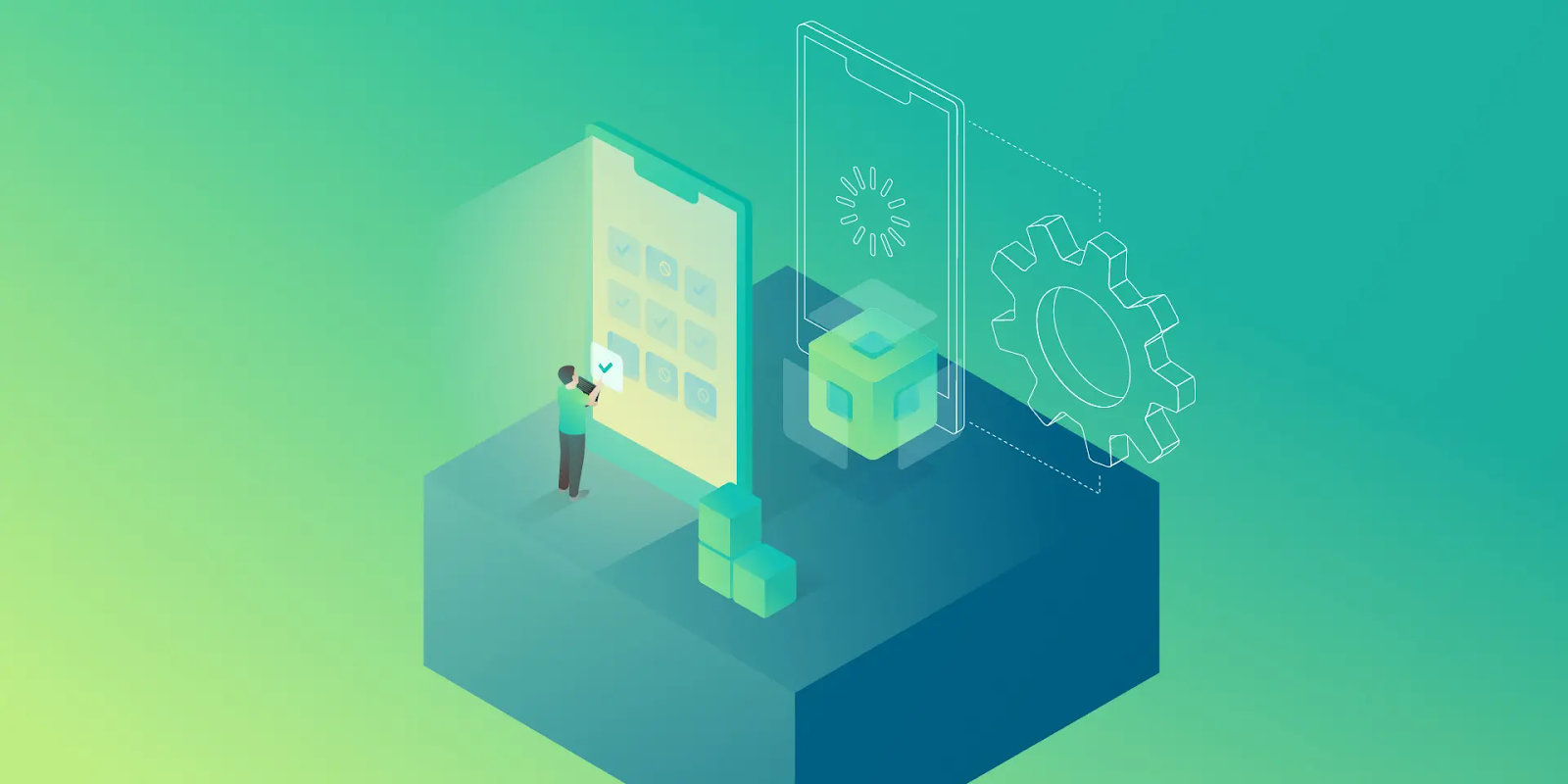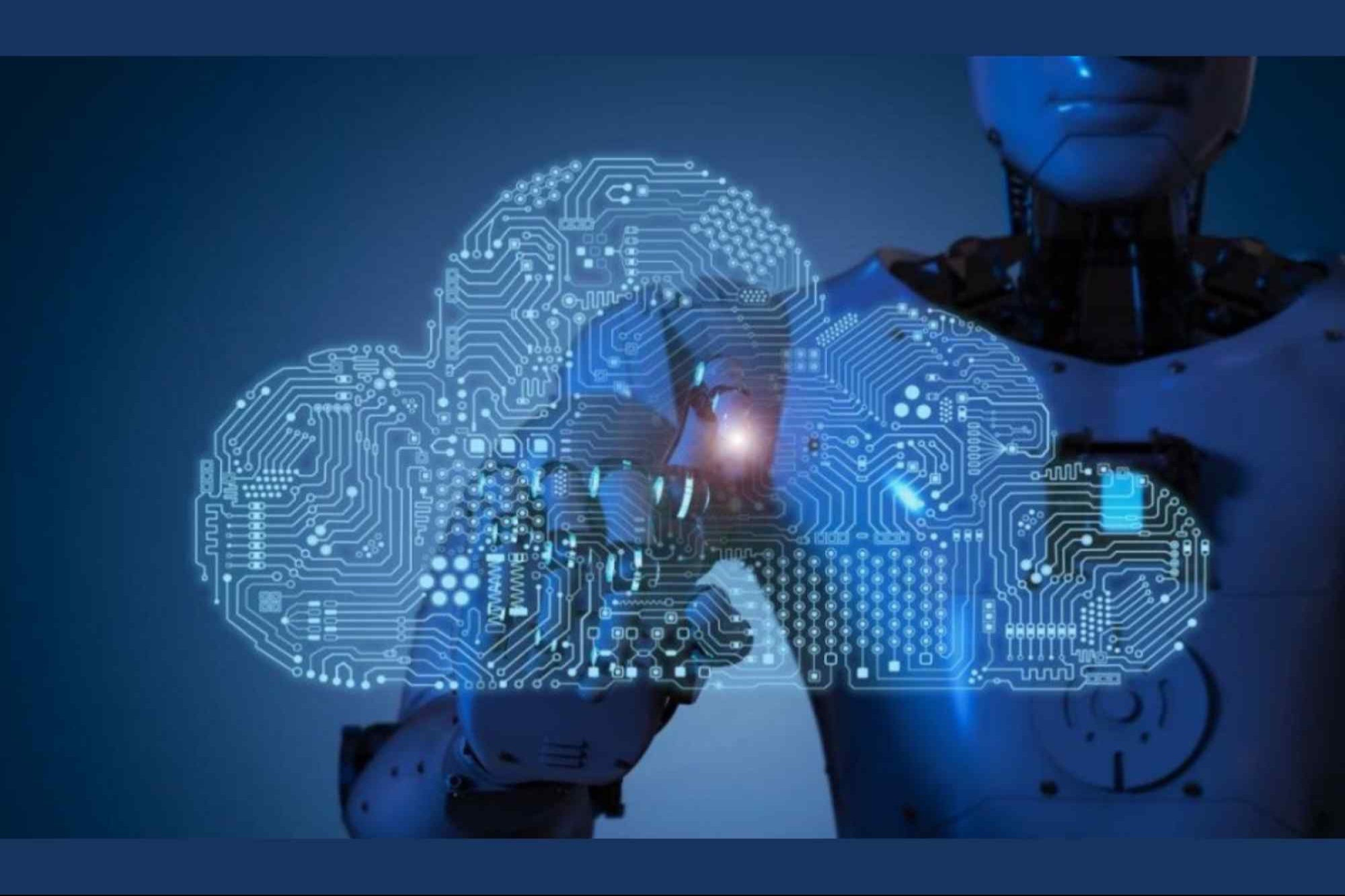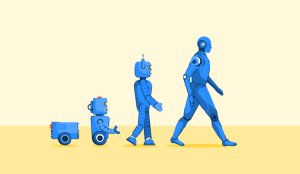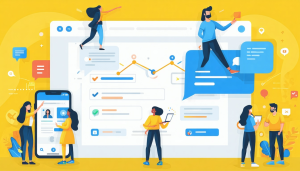Explore AI Application Modernization strategies to transform legacy software into intelligent, scalable, and future-ready systems. Learn core components, technologies, benefits, and real-world use cases.

-
Introduction: The Need for AI-Powered Modernization
-
Core Components of AI Application Modernization
-
AI-Powered Code Analysis & Refactoring
-
Predictive Performance Optimization
-
Intelligent Migration to Cloud & Microservices
-
Automated Testing & Quality Assurance
-
-
Technologies Enabling AI Application Modernization
-
AI/ML Frameworks for Code Intelligence
-
Robotic Process Automation (RPA)
-
Natural Language Processing (NLP)
-
Generative AI
-
-
Business Benefits of AI-Driven Modernization
-
Real-World Use Cases Across Industries
-
Challenges and Considerations
-
The Future of AI Application Modernization
-
Conclusion
Introduction: The Need for AI-Powered Modernization
In 2025, enterprise software is defined by agility, scalability, and intelligence. Legacy applications, once business backbones, now create bottlenecks—they are inflexible, fragmented, and unable to leverage AI insights or cloud-native capabilities.
AI application modernization transforms these outdated systems into adaptive, intelligent platforms. It enables enterprises to refactor codebases, optimize performance, and build self-learning applications that anticipate user needs. Modernization is no longer a technical task—it is a strategic imperative for competitive advantage.
AI introduces predictive insights, automation, and cloud adaptability, turning static legacy infrastructure into dynamic, self-optimizing ecosystems.
In 2025, the enterprise software landscape is defined not only by innovation but by agility, scalability, and intelligence. Traditional legacy applications, while once the backbone of business operations, now pose significant bottlenecks. They are often inflexible, fragmented, and incapable of leveraging modern data streams, AI insights, or cloud-native architectures. Companies attempting digital transformation without modernizing their software infrastructure face performance inefficiencies, higher maintenance costs, slower time-to-market, and suboptimal user experiences.
AI-driven application modernization is emerging as the cornerstone solution to these challenges. By combining artificial intelligence, machine learning, and automation, organizations can elevate legacy systems into intelligent, adaptive platforms capable of continuous evolution. Beyond mere migration, AI empowers enterprises to refactor codebases, optimize performance, and create self-learning applications that anticipate user needs and operational demands. In essence, modernization is no longer just a technical requirement; it is a strategic imperative for companies aiming to maintain competitiveness in a hyper-digital economy.
The transformation journey begins by addressing inherent limitations in legacy systems: monolithic architectures, manual processes, and rigid code that cannot scale. AI-powered modernization introduces predictive insights, automated decision-making, and cloud adaptability, enabling organizations to not only catch up with modern standards but to leap ahead in innovation. In a market where customer expectations are constantly evolving, AI becomes the catalyst that turns static legacy infrastructure into dynamic, self-optimizing software ecosystems.
Core Components of AI Application Modernization
AI-Powered Code Analysis & Refactoring
Modernizing legacy applications begins with understanding and re-engineering the existing codebase. Traditional manual reviews are slow, error-prone, and insufficient for complex systems developed over decades. AI-driven code analysis tools leverage machine learning to assess code quality, identify inefficiencies, detect deprecated patterns, and suggest refactoring strategies. By automating the discovery process, these tools enable development teams to prioritize critical changes, reduce technical debt, and accelerate modernization cycles. Generative AI can even propose optimized code snippets, bridging gaps between legacy frameworks and contemporary programming paradigms.
Predictive Performance Optimization
Performance optimization is no longer reactive—it is predictive. Machine learning models analyze historical system behavior, user interaction patterns, and workload metrics to forecast potential bottlenecks. By anticipating traffic surges, memory constraints, or processing inefficiencies, AI empowers infrastructure teams to preemptively allocate resources, ensuring high availability and uninterrupted service. Predictive optimization is particularly vital for enterprise systems supporting high-frequency transactions or global user bases, where downtime or latency directly impacts revenue and reputation.
Intelligent Migration to Cloud & Microservices
Legacy applications often rely on monolithic architectures that limit scalability and agility. AI-driven modernization facilitates migration to cloud-native and microservices architectures by automating the assessment, mapping, and re-architecture processes. Algorithms analyze dependencies, data flows, and system interconnections to recommend optimal modularization strategies. With AI guidance, enterprises can achieve seamless migration, ensuring that microservices communicate efficiently, workloads scale dynamically, and cloud resources are optimally allocated. This approach reduces risk, lowers operational complexity, and positions applications for future innovation.
Automated Testing & Quality Assurance
Testing legacy applications during modernization is labor-intensive and prone to gaps. AI transforms QA into a proactive, intelligent process. Machine learning models can generate test cases automatically, simulate real-world user behavior, detect anomalies, and prioritize critical defect resolutions. AI-driven testing ensures functional integrity, enhances security validation, and monitors performance under varying conditions. Furthermore, predictive QA can anticipate areas most likely to fail post-modernization, allowing teams to address vulnerabilities before deployment.
Technologies Enabling AI Application Modernization

AI/ML Frameworks for Code Intelligence
Frameworks such as TensorFlow, PyTorch, and specialized code intelligence platforms harness machine learning to analyze, predict, and optimize application behavior. These tools accelerate modernization by providing actionable insights into code complexity, modularity, and performance bottlenecks.
Robotic Process Automation (RPA)
RPA complements AI by automating repetitive modernization tasks such as data migration, configuration updates, and workflow validation. By delegating routine processes to bots, human engineers can focus on strategic decisions and architectural improvements, shortening modernization timelines significantly.
Natural Language Processing (NLP)
Legacy systems often contain fragmented documentation, unstructured comments, and outdated requirements. NLP algorithms can parse and understand these textual resources, extracting relevant operational insights, dependency mappings, and logic flows. This capability accelerates planning and reduces errors during refactoring.
Generative AI
Generative AI models are instrumental in modernizing codebases. They can automatically generate optimized API integrations, microservices, and application components, bridging gaps between legacy frameworks and modern architectures. By combining code generation with predictive analytics, enterprises can achieve faster, more reliable modernization outcomes.
Business Benefits of AI-Driven Modernization
- Reduced Technical Debt and Maintenance Costs
Legacy systems require extensive manual intervention. AI modernizes code, reduces redundant components, and predicts future maintenance needs, lowering total cost of ownership. - Faster Time-to-Market
Modernized applications are agile, scalable, and adaptable. AI-driven automation ensures quicker deployment cycles, enabling businesses to respond rapidly to market opportunities. - Enhanced Scalability, Resilience, and Security
Intelligent systems dynamically adjust to workloads, anticipate failures, and enforce security protocols automatically. Modernized applications are resilient by design. - Improved User Experience
AI-guided UX optimization tailors applications to user behavior, enhancing engagement, satisfaction, and adoption. - Data-Driven Insights for Continuous Evolution
Modernized applications capture real-time metrics, feeding AI models that continuously optimize performance, features, and operational efficiency.
Real-World Use Cases Across Industries
- Finance: Legacy banking platforms can leverage AI for real-time risk analysis, fraud detection, and intelligent portfolio management. Modernized systems deliver predictive insights while complying with stringent regulations.
- Healthcare: Electronic Medical Record (EMR) and Electronic Health Record (EHR) systems benefit from AI-assisted diagnostics, patient data analytics, and optimized treatment plans. Modernization ensures compliance and reduces operational complexity.
- Retail & E-Commerce: AI-enhanced platforms integrate omnichannel shopping experiences, predictive inventory management, and personalized recommendations, ensuring seamless customer journeys.
- Manufacturing: Modernizing ERP and process control systems allows for intelligent automation, predictive maintenance, and operational optimization, boosting efficiency and reducing downtime.
Challenges and Considerations

While AI-driven modernization offers transformative potential, enterprises must navigate several challenges:
- Data Migration and Quality Issues: Legacy systems often contain inconsistent or incomplete data, requiring careful cleansing and mapping.
- Integration with Existing Infrastructure: AI modernization must coexist with critical legacy processes, APIs, and hardware dependencies.
- Ethical AI and Compliance Requirements: Modernized systems must adhere to privacy regulations, ethical AI standards, and industry-specific compliance mandates.
- Change Management and Employee Upskilling: Successful modernization requires re-skilling teams to work alongside AI tools, fostering a culture of innovation and continuous improvement.
The Future of AI Application Modernization
Looking beyond 2025, AI application modernization is poised to evolve into continuous modernization pipelines, where applications self-adapt to new requirements, user behaviors, and technology landscapes. Integration with generative AI will automate large portions of development, while autonomous systems will enable real-time optimization, predictive decision-making, and self-healing architectures.
As AI continues to advance, enterprises will achieve adaptive software ecosystems, where intelligent applications not only respond to change but anticipate it. Decision-making will be embedded at every layer of enterprise software, transforming IT from a reactive service function into a proactive driver of innovation and business strategy. Modernization will no longer be periodic—it will be continuous, intelligent, and self-optimizing.
Conclusion
AI application modernization is no longer a supplementary IT project; it is a critical, strategic imperative for enterprises seeking to thrive in a hyper-digital economy. Legacy software, while historically valuable, increasingly represents friction in the path of business innovation, agility, and scalability. The combination of AI, machine learning, generative models, and intelligent automation transforms this friction into opportunity—turning outdated codebases into intelligent, adaptive, and scalable software ecosystems capable of continuous evolution.
The modernization process begins with AI-driven code analysis, identifying inefficiencies, and proposing optimal refactoring strategies. Predictive performance optimization ensures systems operate efficiently under varying loads, while intelligent migration to cloud and microservices architectures enhances resilience, scalability, and operational flexibility. Automated testing and QA powered by AI safeguard functionality, security, and user experience, allowing enterprises to deploy modernized applications with confidence.
Technologies such as RPA, NLP, and generative AI further accelerate modernization by automating repetitive tasks, understanding legacy documentation, and generating optimized code. This creates a continuous feedback loop where applications evolve in real time, informed by predictive analytics, user behavior, and operational metrics. The benefits are tangible: reduced technical debt, faster time-to-market, improved UX, cost efficiencies, and strategic data insights that drive future innovation.
Industries across finance, healthcare, retail, and manufacturing are already realizing the transformative potential of AI-driven modernization. Intelligent software systems are enabling predictive diagnostics, real-time analytics, intelligent automation, and personalized experiences, redefining the standard of operational excellence. Yet, this journey requires careful attention to ethical AI, compliance, integration challenges, and workforce upskilling, ensuring that modernization is not only effective but responsible.
The future of AI application modernization is adaptive, continuous, and autonomous. Enterprises will no longer treat modernization as a discrete initiative but as an ongoing process powered by AI insights, generative intelligence, and self-optimizing systems. Decision intelligence will permeate every layer of enterprise software, transforming IT into a strategic engine that drives innovation, agility, and competitive advantage. For organizations ready to embrace this paradigm, AI application modernization promises a future where legacy systems evolve into intelligent, scalable, and future-ready platforms—truly turning software into a cornerstone of digital transformation and long-term growth.


